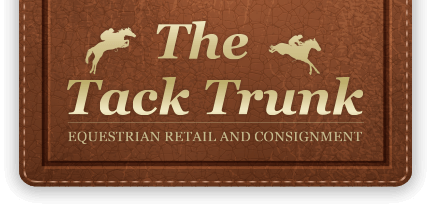The use of safety vests in equestrian sports began around 40 years ago, primarily seen in racing, eventing or high impact speed riding. Eventers adapted to the use of the safety vest more widely than other equestrian disciplines, wearing sectional foam padding that adapted to a rider’s movements. With the advent of the air vest in the 2000s, coming from motorcycle technology, the use of safety vests began to become more common. Now we are seeing riders valuing safety vests as much as their helmets.
When riders are considering purchasing a safety vest they need to consider the following:
Am I going to be wearing this every time I ride?
There are a lot of riders that choose to use their safety vest only when jumping and there are a lot of riders that wear their vest all the time. And then there are riders where their sport requires them to wear the safety vest while mounted (jockeys, exercise riders and race track officials and competitors in the cross country phase of eventing).
What type of riding am I doing (jumping, cross country, hunters, trail, pleasure riding, etc.)
We are seeing that a lot of hunter/jumper riders are trending towards the air vest style, while eventing, trail and speed event riders are leaning towards a hard shell vest. With the air vests, the rider must install a new air canister after a vest has been deployed, which is very simple to do if you have your tool and a spare canister handy. With a hard shell vest, you simply can remount after a fall assuming there are no injuries to you or the horse. There is no limit to the amount of times an air vest can be deployed, however the canister must be changed after each deployment! A hard shell vest should be inspected after a fall to ensure that there hasn’t been any punctures to the material, however, the ASTM/SEI certified vests are patented to prevent such damage.
Do I have any previous injuries from riding accidents?
While the vests protect riders, no vest can save a rider from all injuries. Oftentimes the vests are lessening the severity of an injury and protecting vital organs. In the event of a serious fall, it is always advisable to seek medical attention.
The traditional padded foam vest provides coverage to all of these regions of the body, but the airbag riding vest “pushes” the rider away from impact when inflated during a fall. Safety vests help protect:
Neck
Ribs
Internal organs
Shoulders
Collarbones
Coccyx (tailbone)
A properly fitting safety vest is as important as a properly fitting helmet. Our staff is ready to help you determine the best safety vest option for you and can help you find the vest that fits and is the most comfortable!
